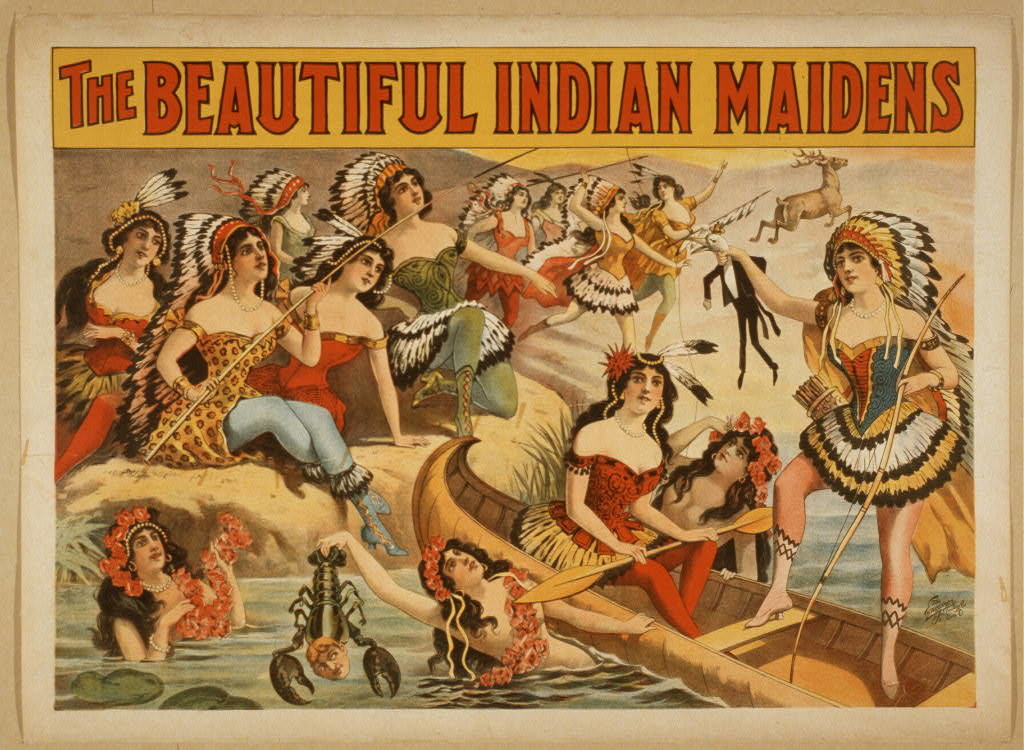Originally posted 28 May 2012
I’m going to make up for a few days away from my computer with a longish post that may not fully explain a tangled subject, but might shine a light on the more interesting loops in the knots. To start, the text of a grievance sent by Iroquois Chief Scarrooyady to the Governor of Pennsylvania on October 3, 1753:
“Your Traders now bring scarce anything but Rum and Flour; they bring little powder and lead, or other valuable goods. The Rum ruins us. We beg you would prevent its coming such quantities by regulating the Traders. We never understood the Trade was to be for Whiskey and Flour. We desire it may be forbidden, and none sold in the Indian Country; but if the Indians will have any they may go among the inhabitants and deal with them for it. When these Whiskey Traders come, They bring thirty or forty kegs and put them down before us and make us drink, and get all the skins that should go to pay the debts we have contracted for goods bought of the Fair Traders; by this means we not only ruin ourselves but them too. These wicked Whiskey Sellers, when they have once got the Indians in liquor, make them sell their very clothes from their backs. In short, if this practice be continued, we must be inevitably ruined.”
The first thing to note is that the chief refers to rum and whiskey interchangeably throughout the letter; to him they were essentially the same thing – raw alcohols that had been minimally improved by aging. This is an example of the problem with tracing the rum trade on the frontier, since traders might take one distilled alcohol on one journey, a different one on the next outing, and not record the difference. The participants on both sides of the trade were indiscriminate and vague about their terminology.
Second, modern people who learn about the trade with the natives often focus on the fact that an intoxicating liquor was the medium of exchange with a people who were unused to its effects. This ignores a pivotal fact: that alcohol was the principal barter item between the colonists too. As I detail in the book (you do have a copy, don’t you?) the colonies were chronically short of coinage, and rum was the common currency for all kinds of transactions. The Europeans who traded with the Iroquois may have taken advantage of the fact that the natives were poor bargainers when intoxicated, but this was probably an unintended by-product of their economic system.
I don’t have a good picture of actual Iroquois of this period, but you may enjoy this circus poster from the 1890’s.
I presume that this image answers your questions.

